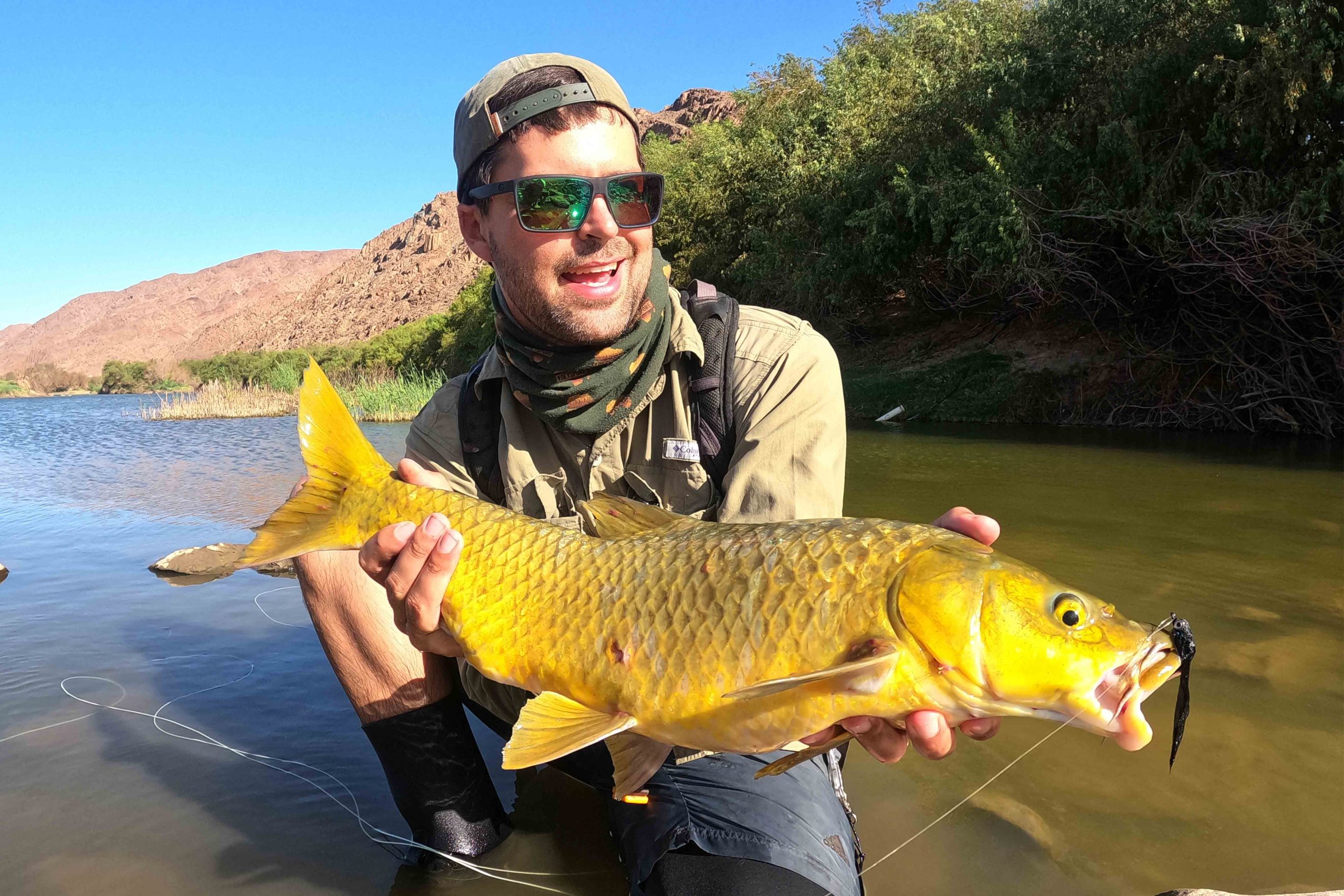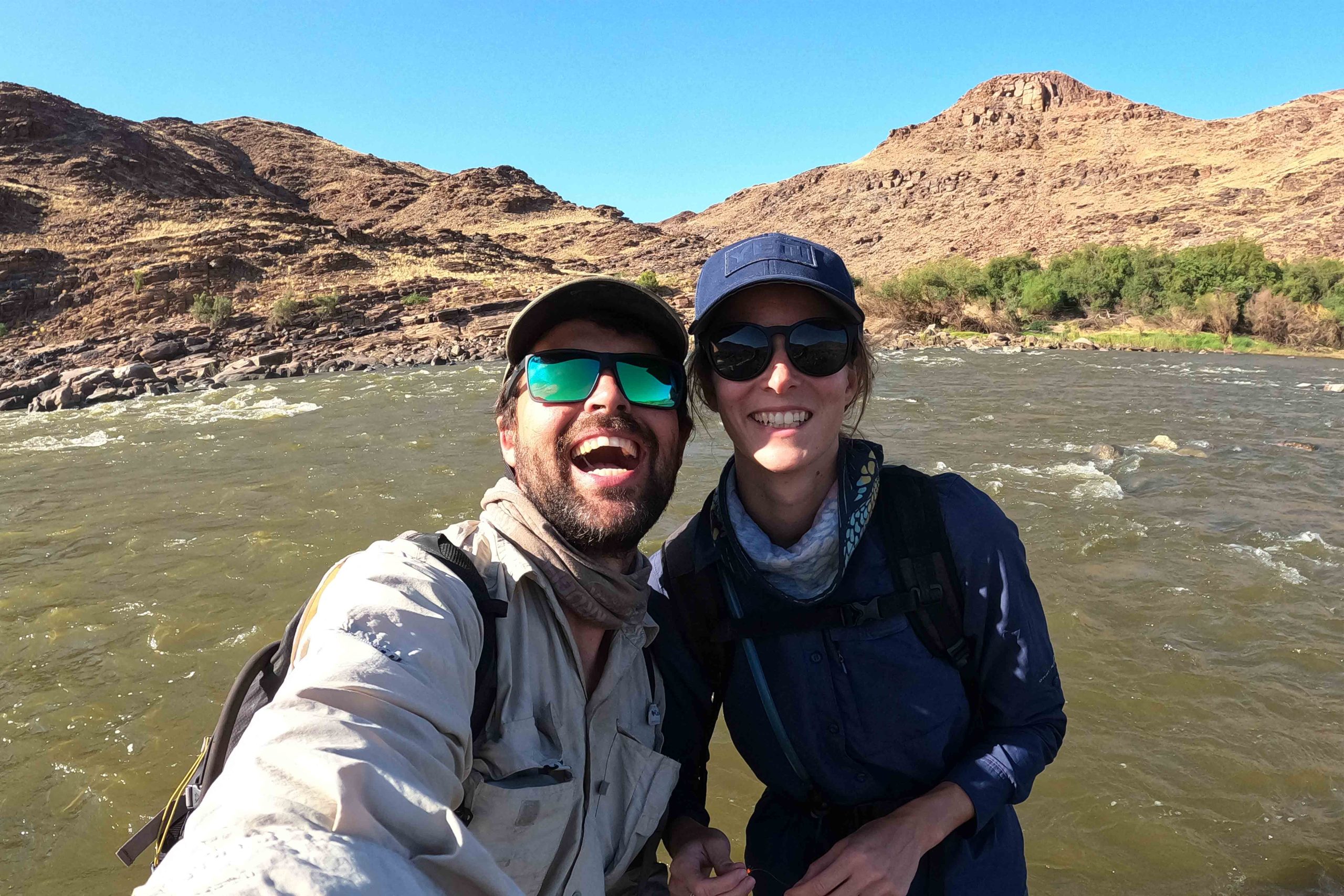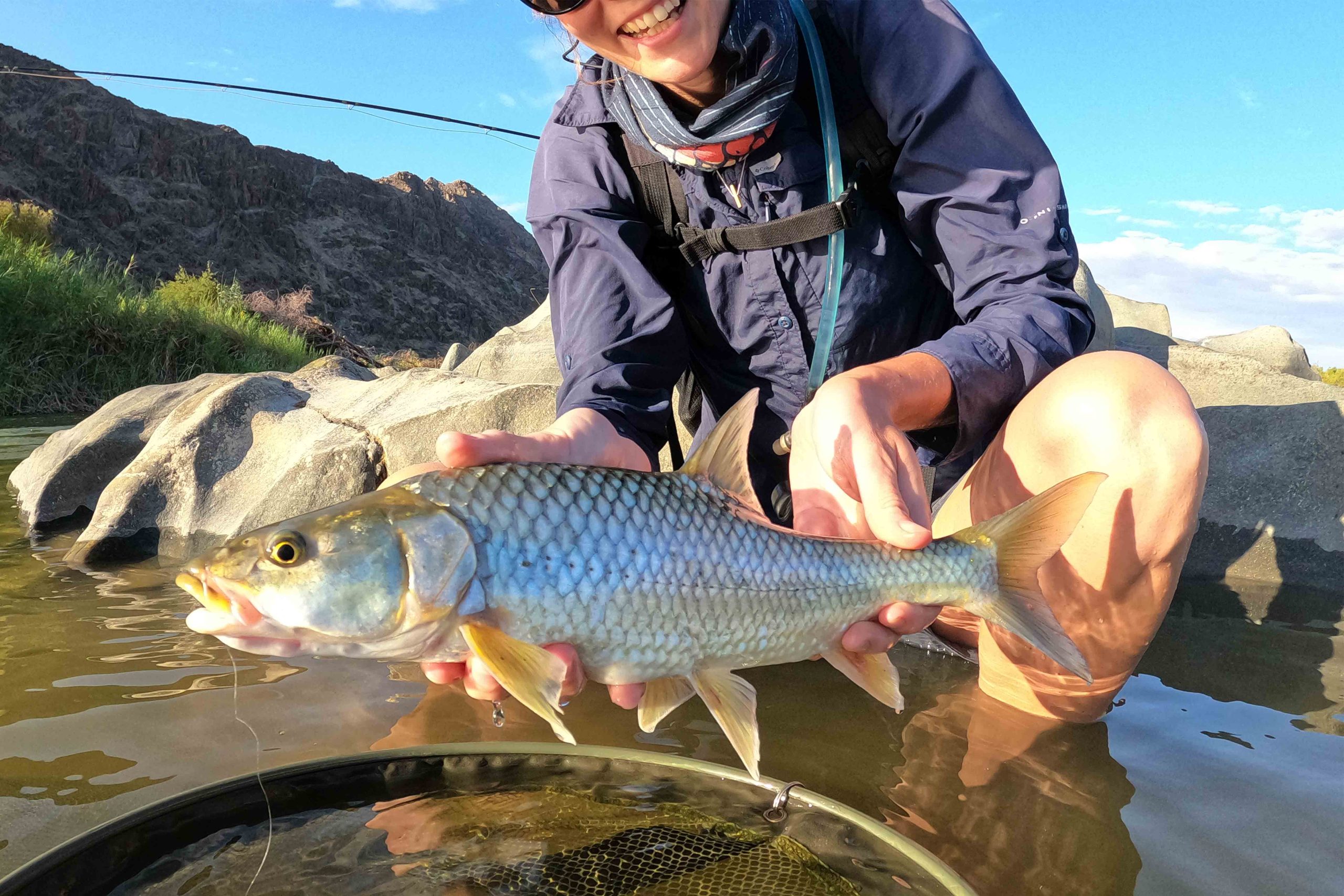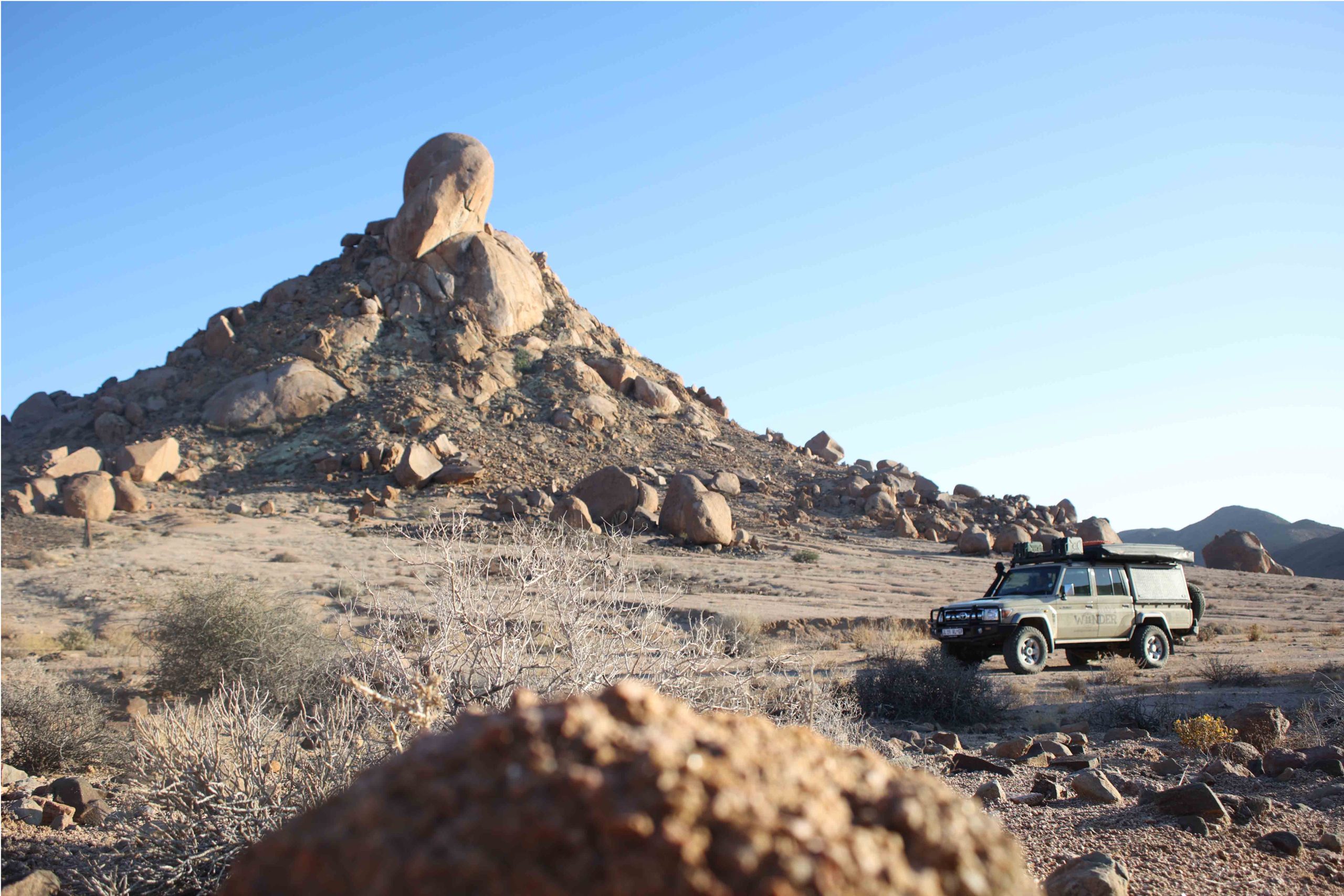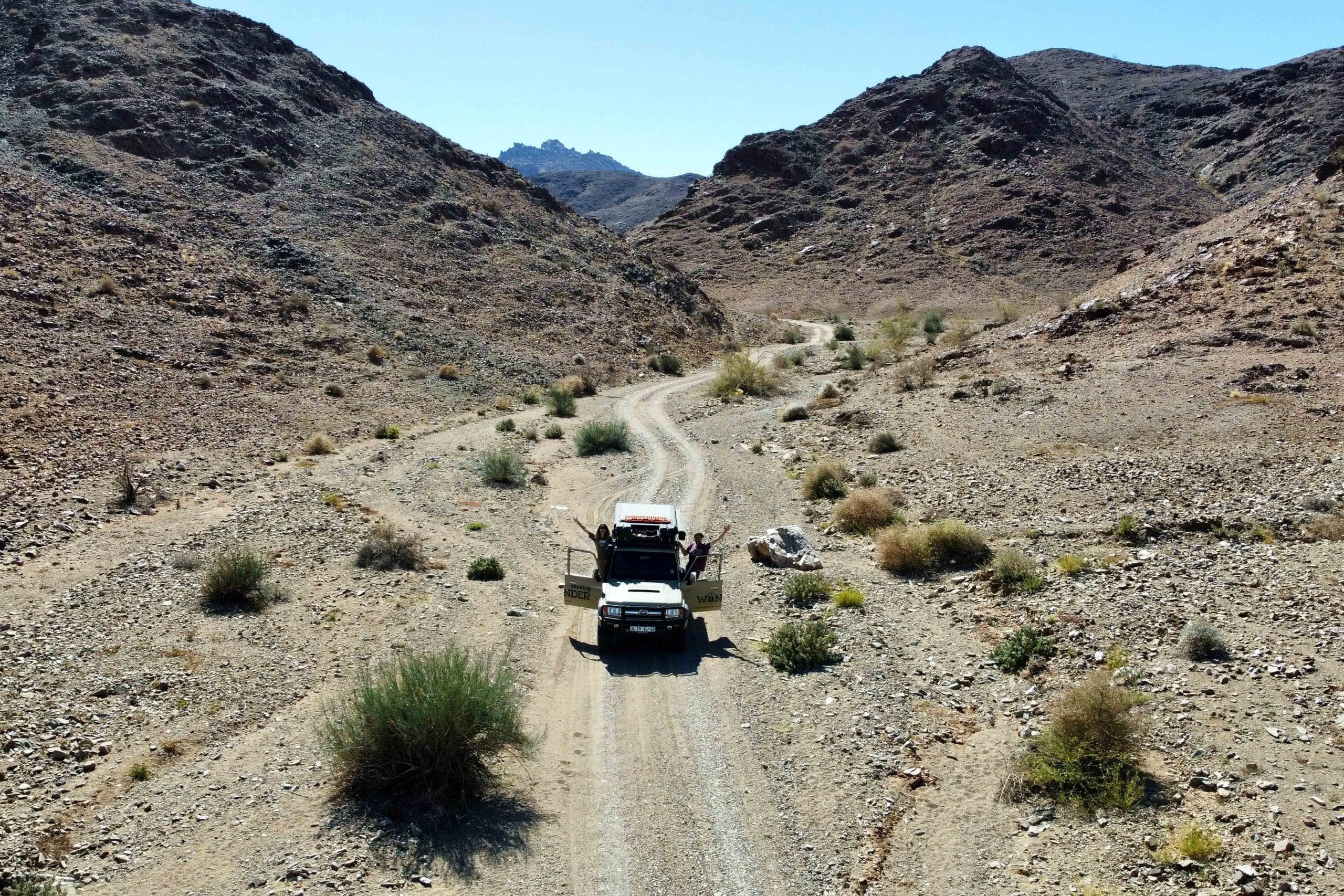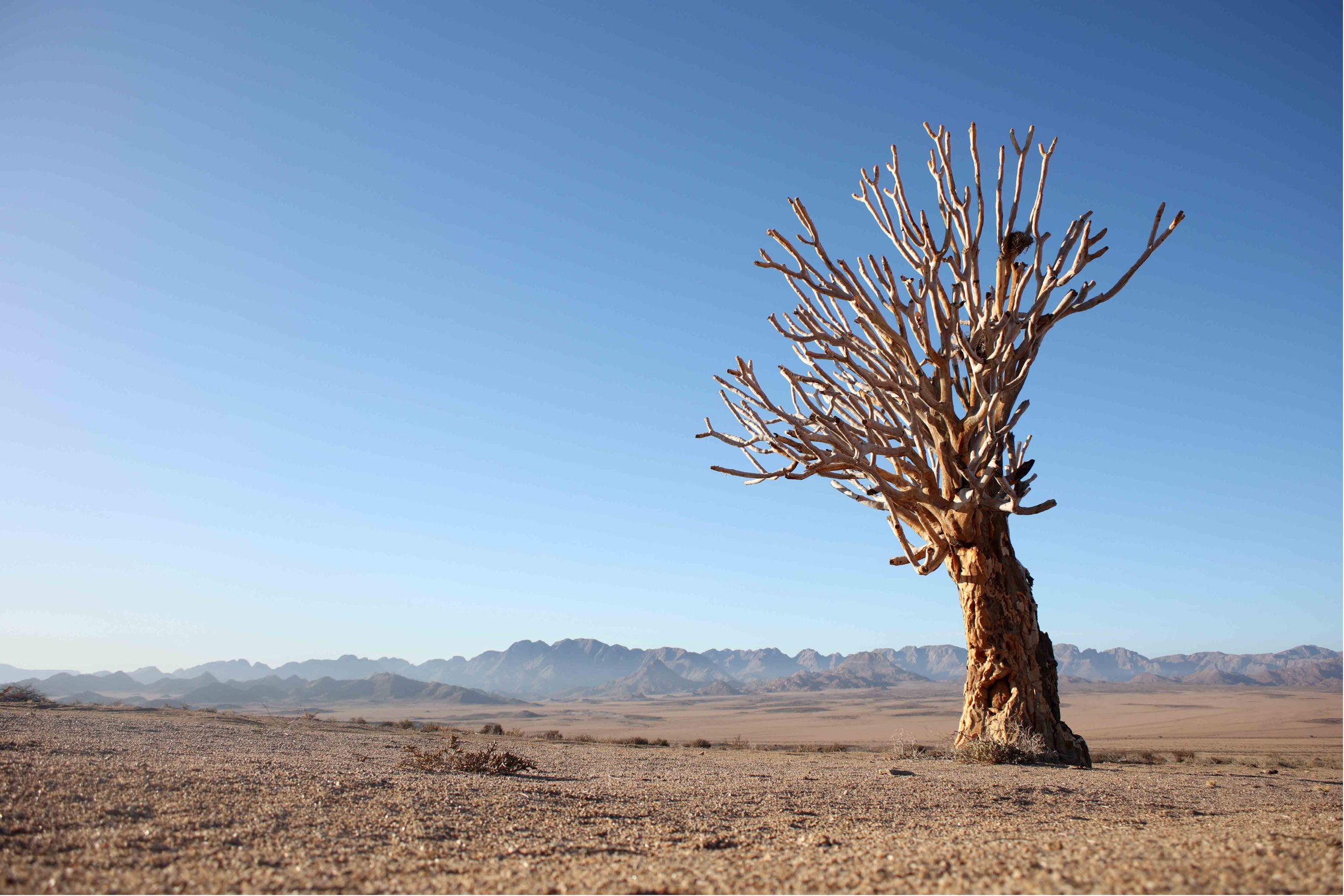
Orange river odyssey
‘Do you mind if I join?’ was Lood’s reflex response not five minutes after I sent him a photo bragging with our booked permit to drive the Namakwa Eco Trail along the Orange River. With a brand-new baby daughter at home and it being crunch-time of the year in the working world, this was not exactly the typical reply. But I have come to know Lood over the years. Much like a largemouth yellowfish’s eat-now-ask-questions-later approach to a well-presented fly, he knows a golden opportunity when he sees one. Also, the seeds for this trail had long since been planted on previous trips.
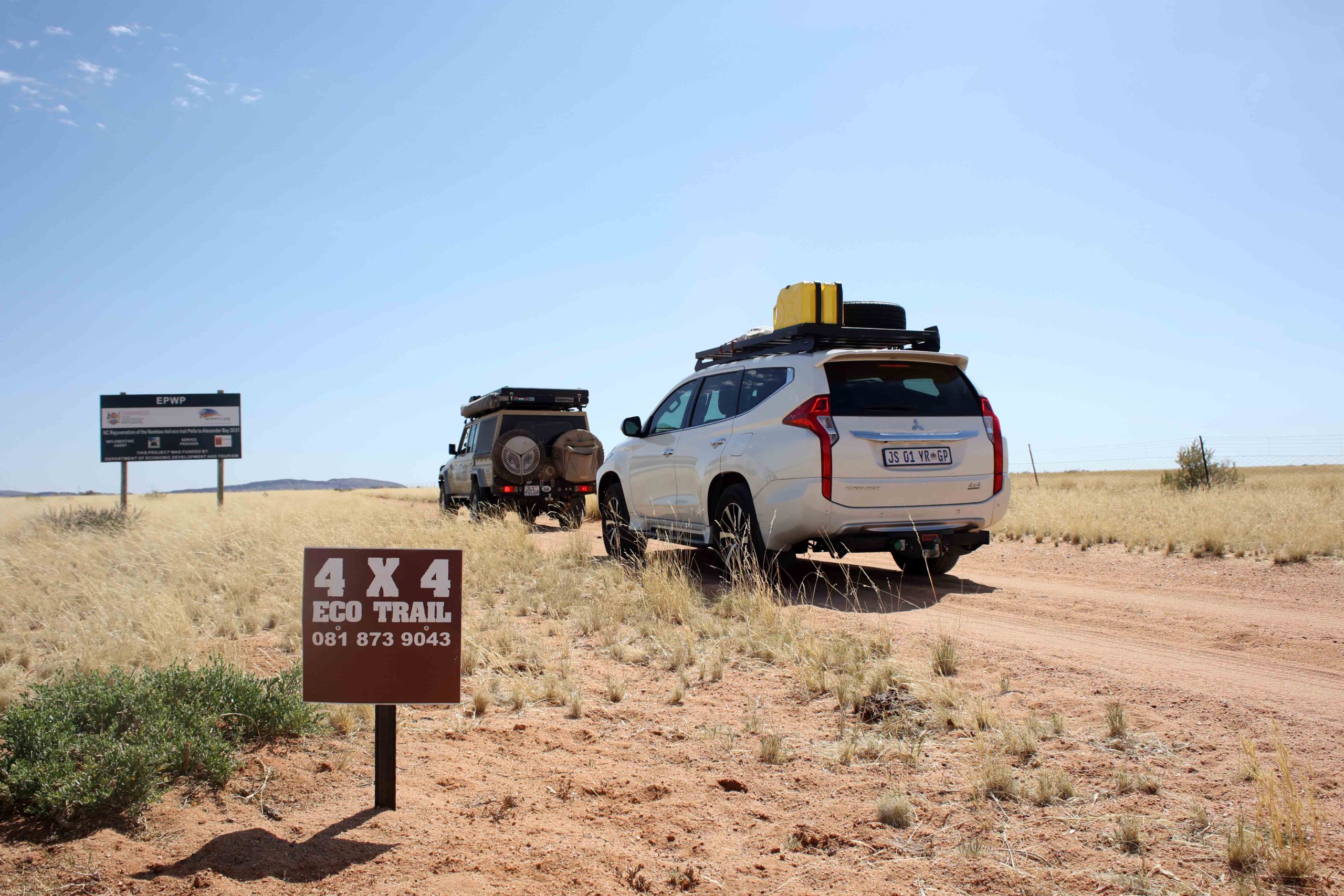
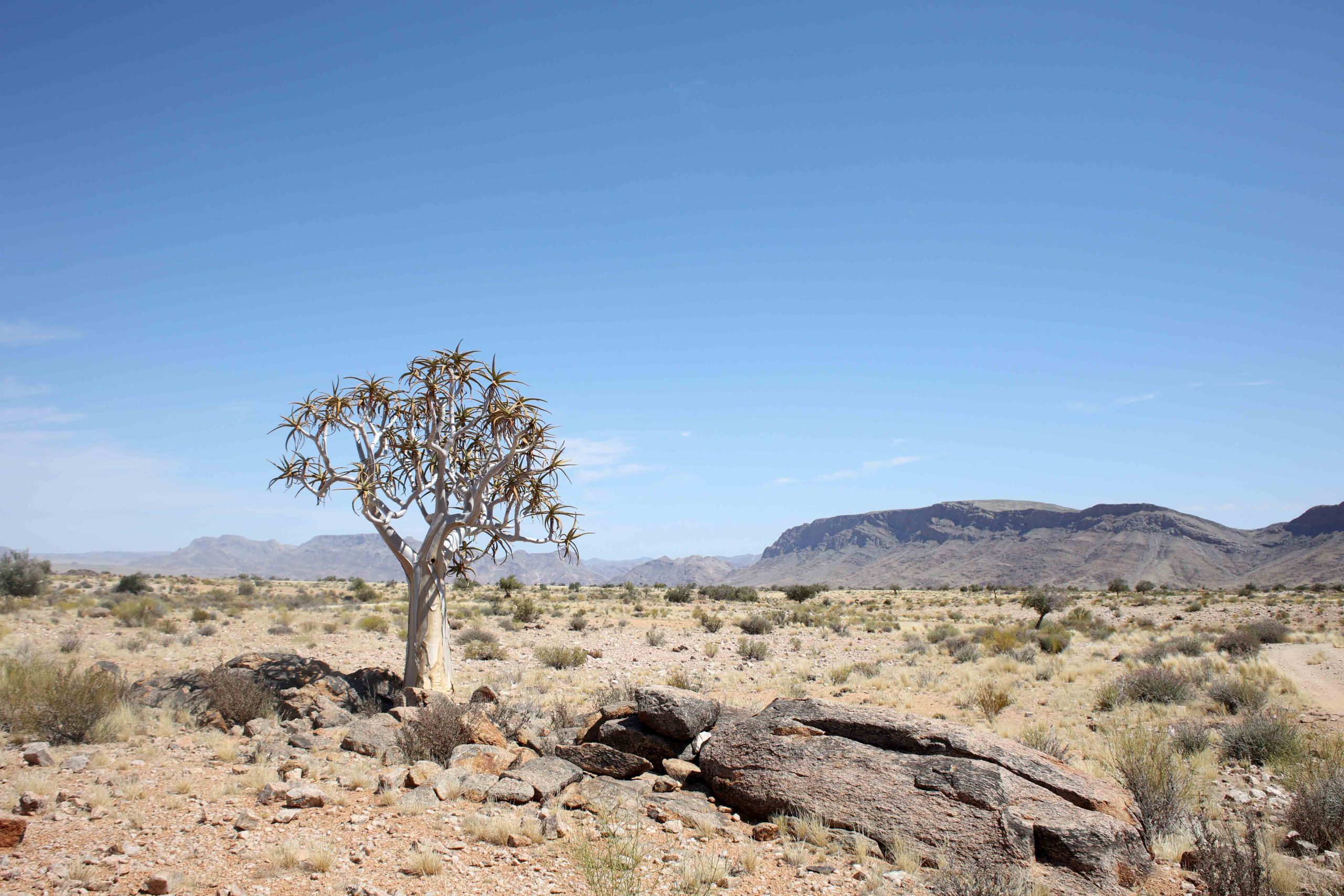
Once the seed for an ambitious trip is sowed in your mind, it usually stays just below the surface of consciousness, prodding you every now and again to keep cultivating it and make it happen. Following the Orange River from source to sea is exactly such a trip. For us, this idea started to take shape after visits to various parts of this beautiful watercourse. Admittedly, our affair with the Orange has always been more than just a little biased towards its fly fishing opportunities. A while back we explored the Senqu (as it is known in Lesotho) near its headwaters along the mountainous gravel roads filled with goats and friendly blanket-clad horsemen. Subsequent trips to the middle sections near Gariep and Hopetown followed, as well as rafting and angling trips along the hallowed fishing grounds of the lower sections. It therefore made a lot of sense to explore the lower section all the way to its mouth after we exited Namibia.
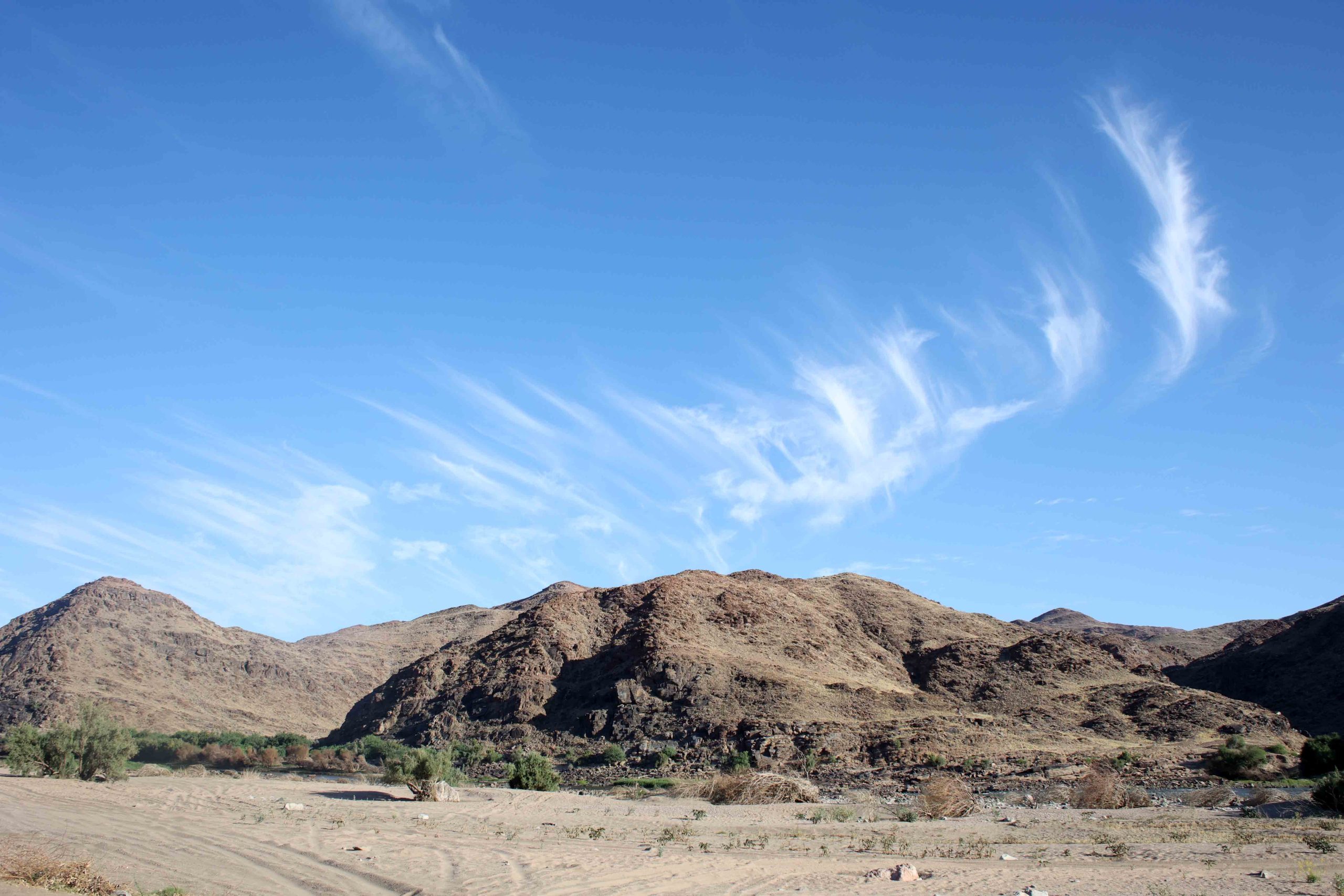
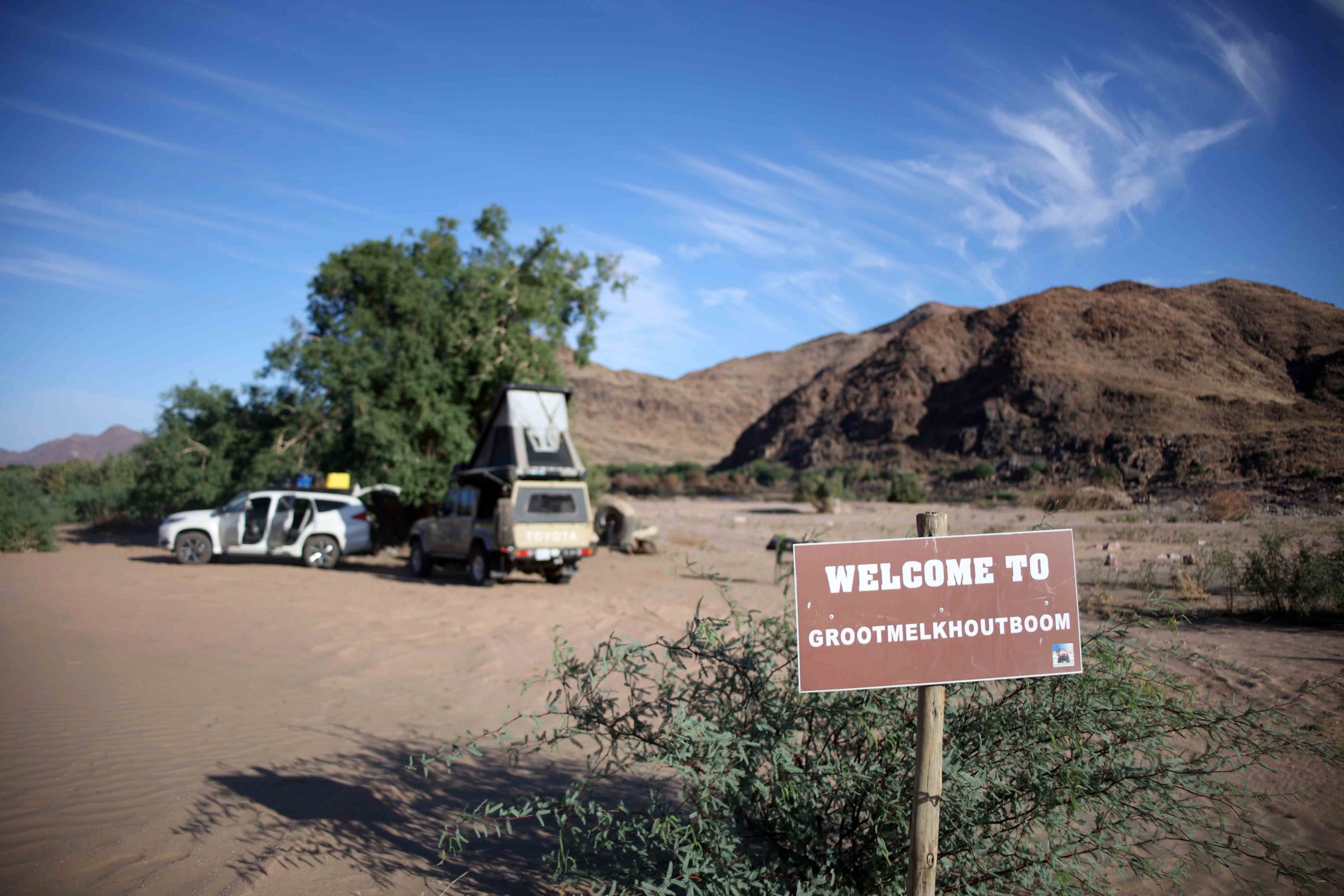
The Namakwa Eco Trail is South Africa’s longest self-drive 4×4 trail at about 600 km long. We drove the first leg, starting near Pofadder and tracing the river all the way to Vioolsdrift. Those familiar with the river will know that this section has some very good fishing water. Problem is, most of it is also very remote and inaccessible. Die-hard anglers with their priorities squarely on the fishing will be disappointed with the trail – most of your days are spent driving the rocky offroad tracks on this trail, and there is a reason why most trailists do it for the 4×4 experience alone. For us, the appeal lies in the combination of its remote wilderness, unique landscapes and exploring the fly fishing opportunities available. Like-minded Lood therefore complemented our intrepid endeavour perfectly.
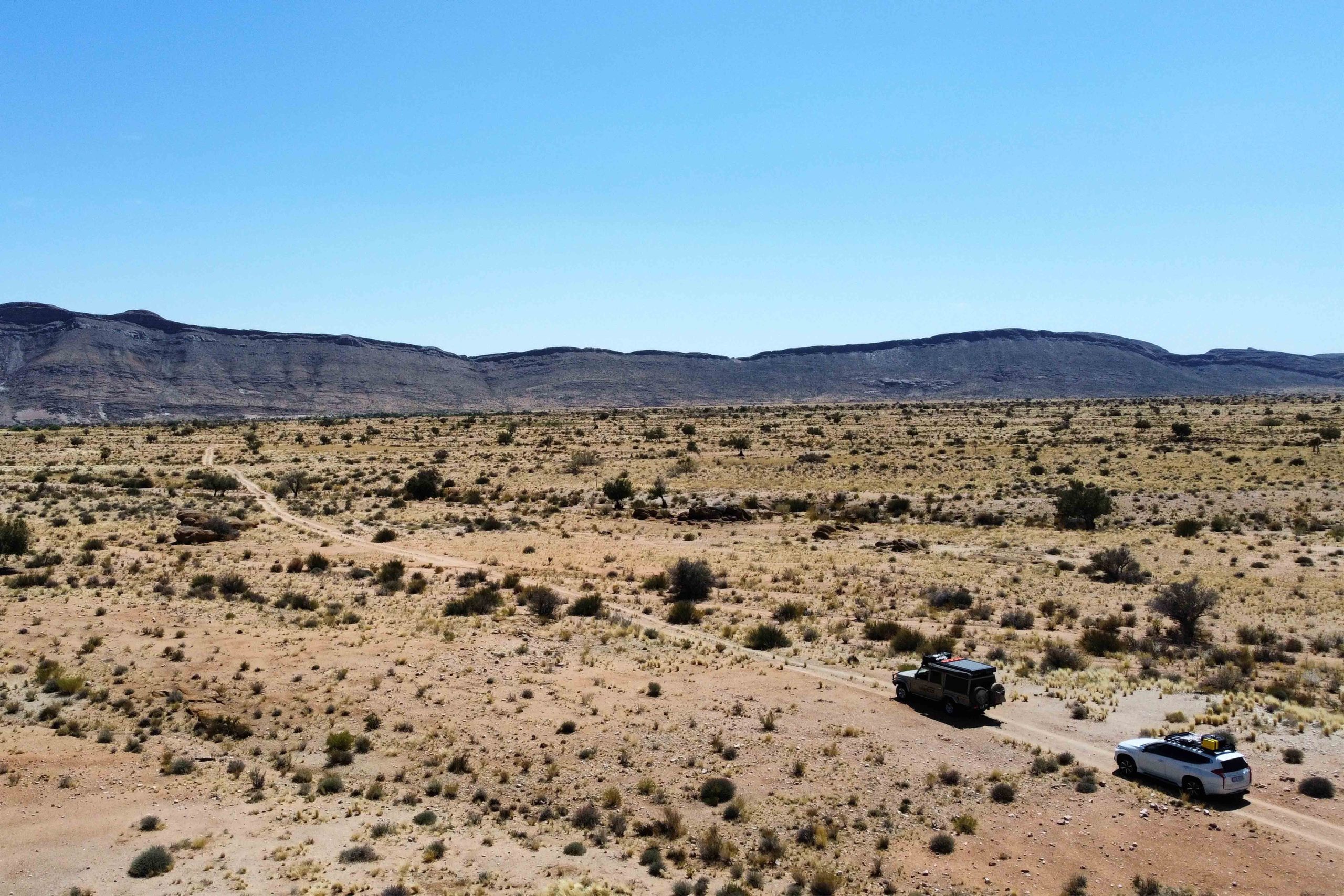
We set forth after meeting Lood in Kakamas in his sagging city-dwelling Pajero Sport loaded with ten 5-litre water bottles, ten bags of wood, 300W solar plant (since dubbed Medupi), what must be a ten-man tent, freezer, jerry cans and a lot of Woolworths food. The man does not like to sukkel. The first day served him well to get used to his vehicle’s clearance (or lack thereof) and get his mojo in the great outdoors – something we were spoilt with after Namibia. We camped in a dry tributary next to the main river and feasted on King’s Meat lamb kindly imported from Pretoria. Although Lood had now been exposed to our primitive yet hygienic (in our opinion at least) bush cooking methods, he survived the night. Perhaps I am reading too much into the brand-new Jan Braai tongs he ‘accidentally left behind’ in our drawers afterwards.
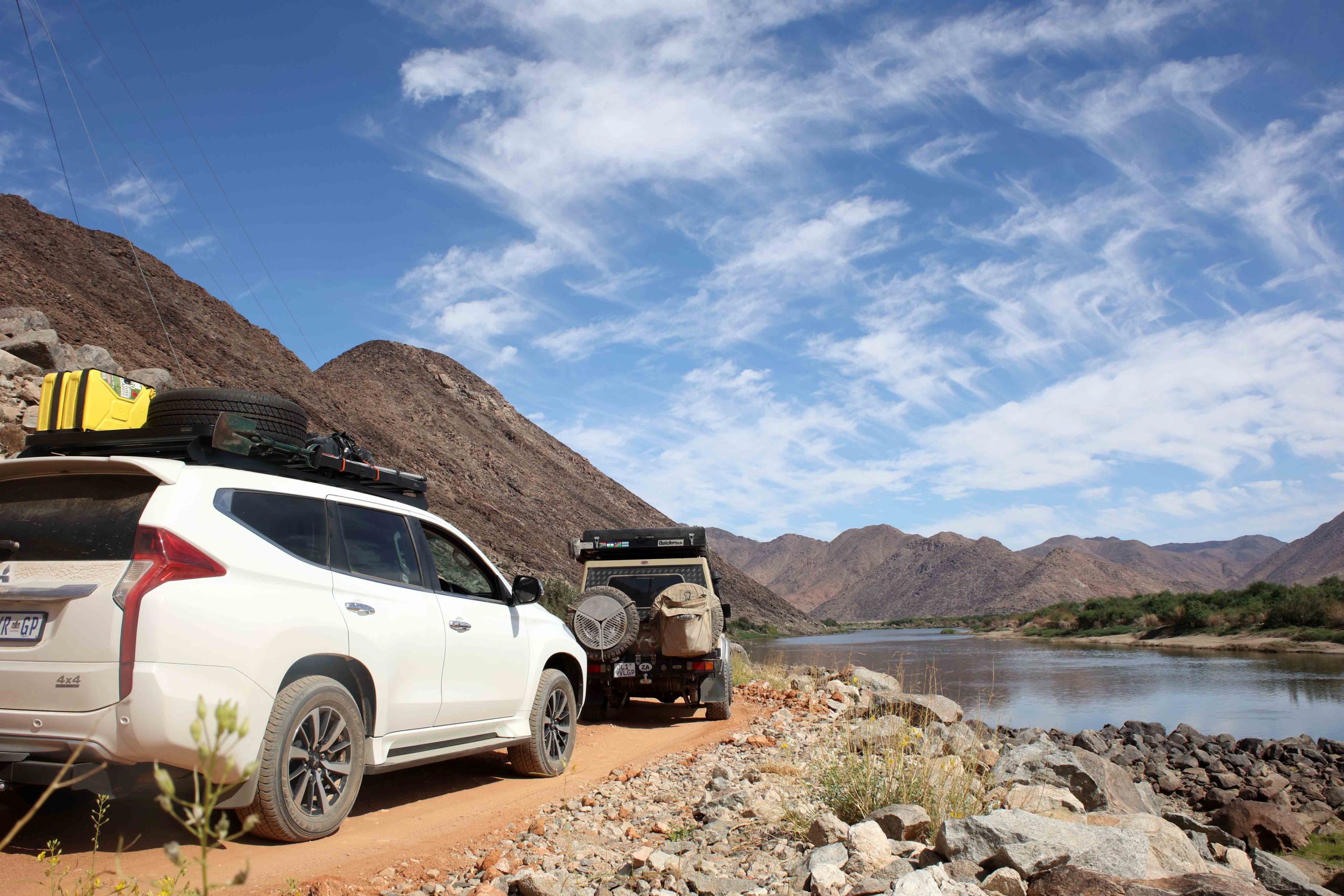
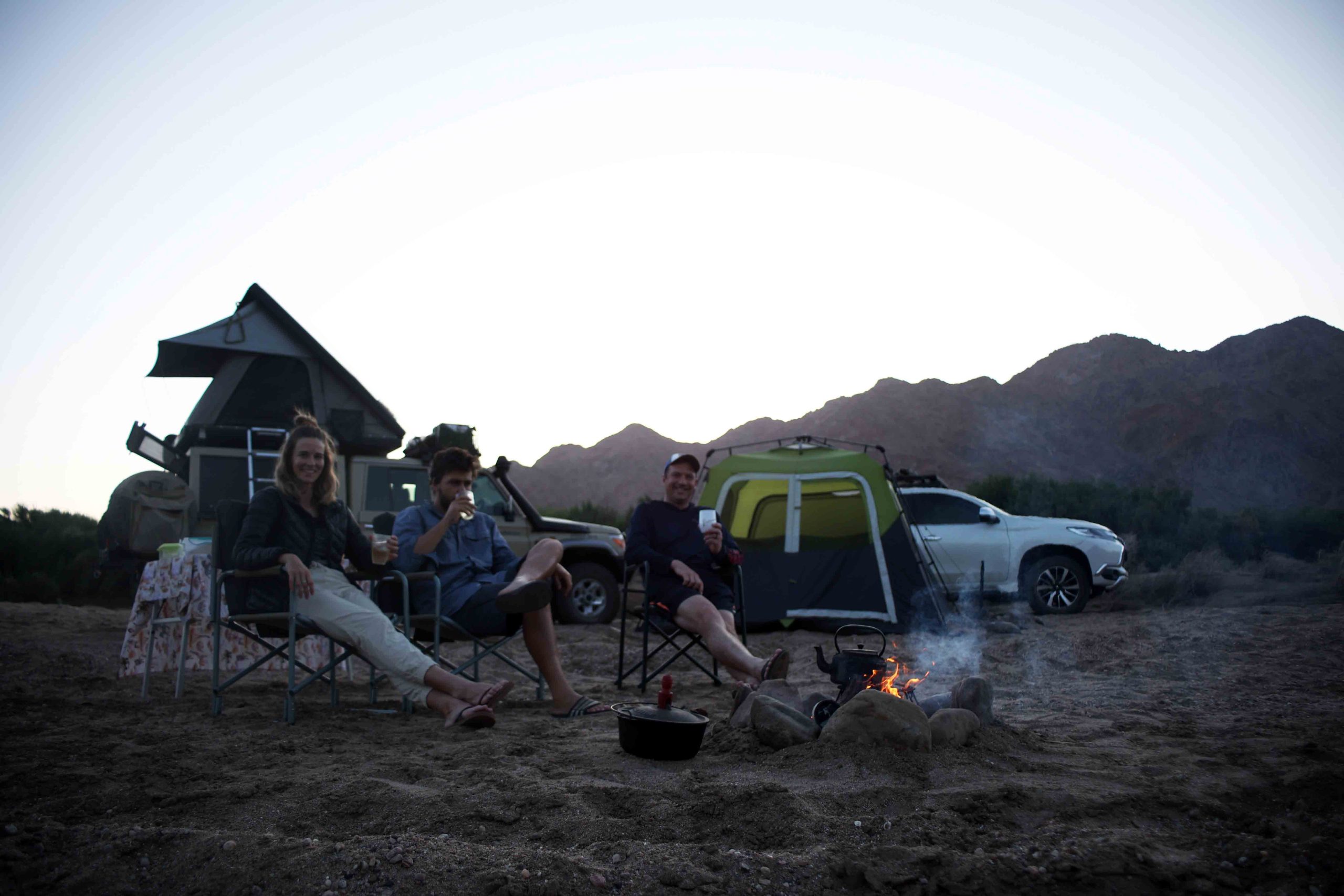
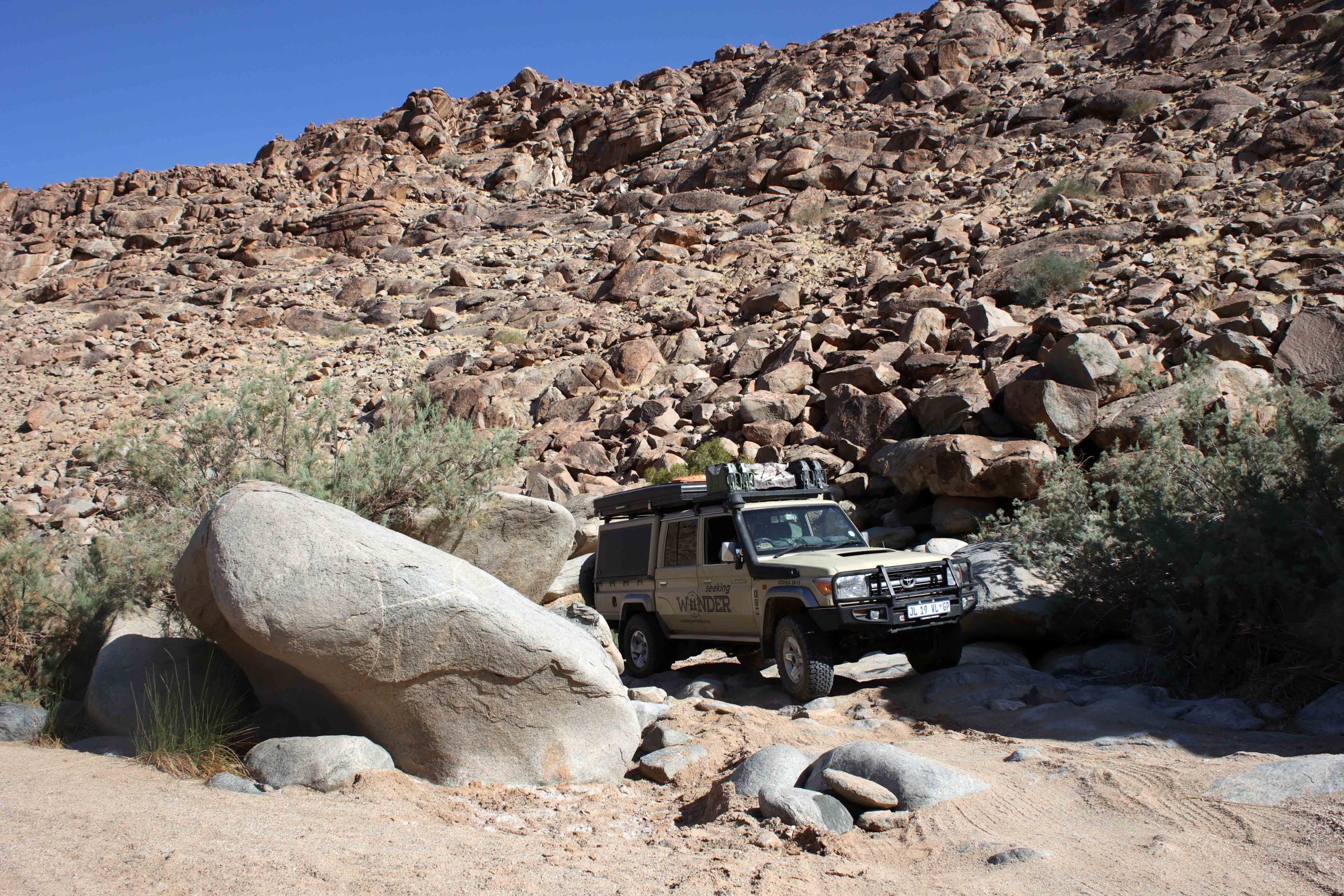
A few glorious days followed. The fishing was not as good as we had hoped. We blame either the inevitable cold front, the howling wind and sand storms or the inefficient water-time. Definitely never angler skill or even worse – luck. We did land a few fish each so we were content. However, simply being in such a remote area after getting there on your own steam is a wilderness reward in itself. Every morning was greeted with the traditional coffee and rusks, eyeing the water for rising fish, and helping Lood fill his camel-back from one of his clumsy 5-litre bottles. Days were spent bumping along rocky ridges, slowly guiding vehicles through tricky boulders and kloofs, wondering at the spectacular surrounds, wading rapids, or making car-side lunches. In the evenings we sipped ice-cold fireside beers, dodged scorpions and sun spiders (aka sagte pootjies) and gazed at a million silent stars.
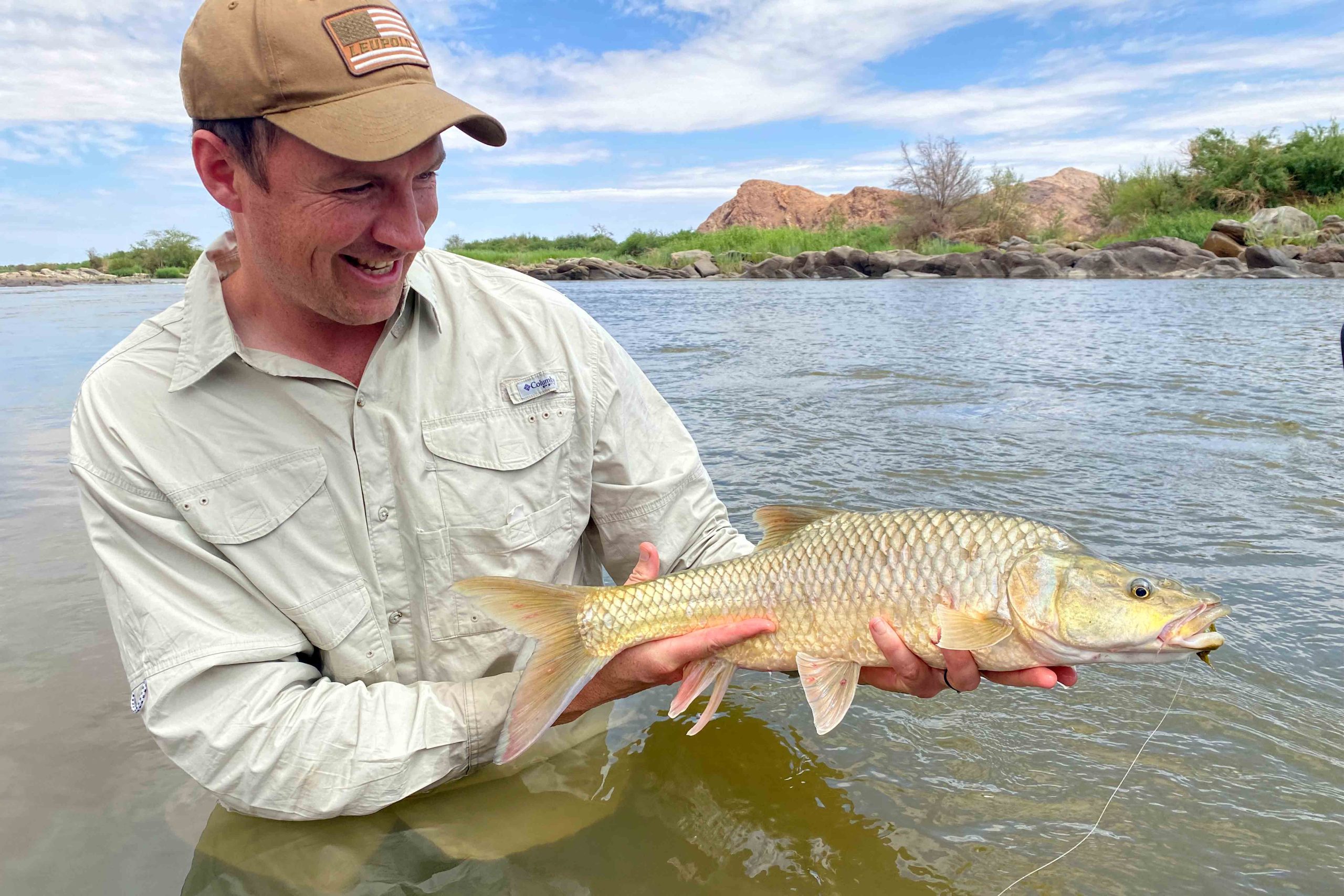
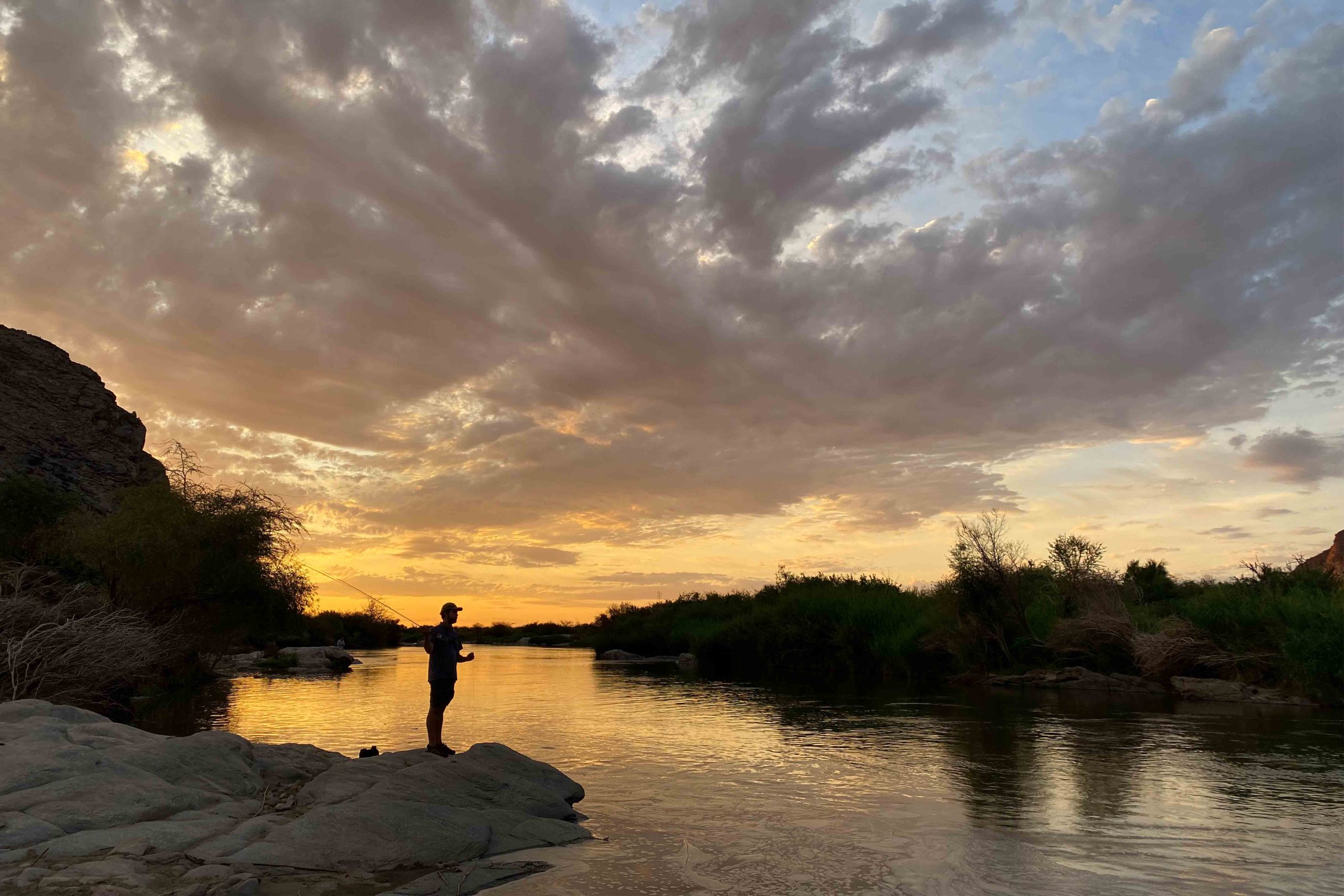
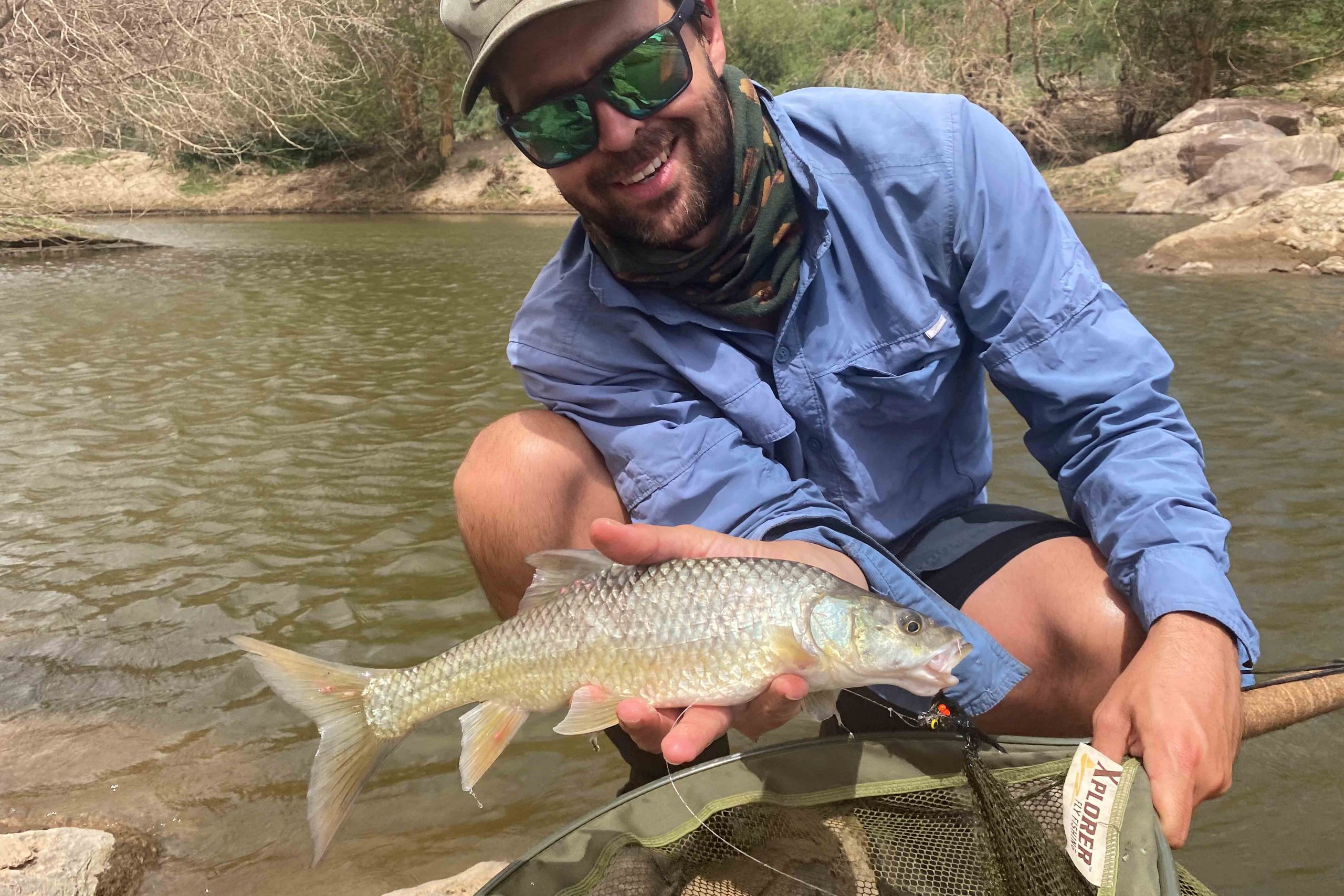
As with any great trip it was over too soon. After Lood hit the long road back to Gauteng (inclusive of ten now- empty 5-litre bottles) we continued onwards to the /Ais/Ais-Richtersveld Park. Tucked into one of the most far-flung corners of the country, it is well worth the trouble getting there. This rugged mountain desert has one of the highest densities of arid plant species in the world and in its dry air, craggy rocks and unique trees we found an unbelievable, deafening silence. We spent a week in this ancient place, listening to fish eagles along the river, exploring the land- and waterscapes and watching fireflies at night.

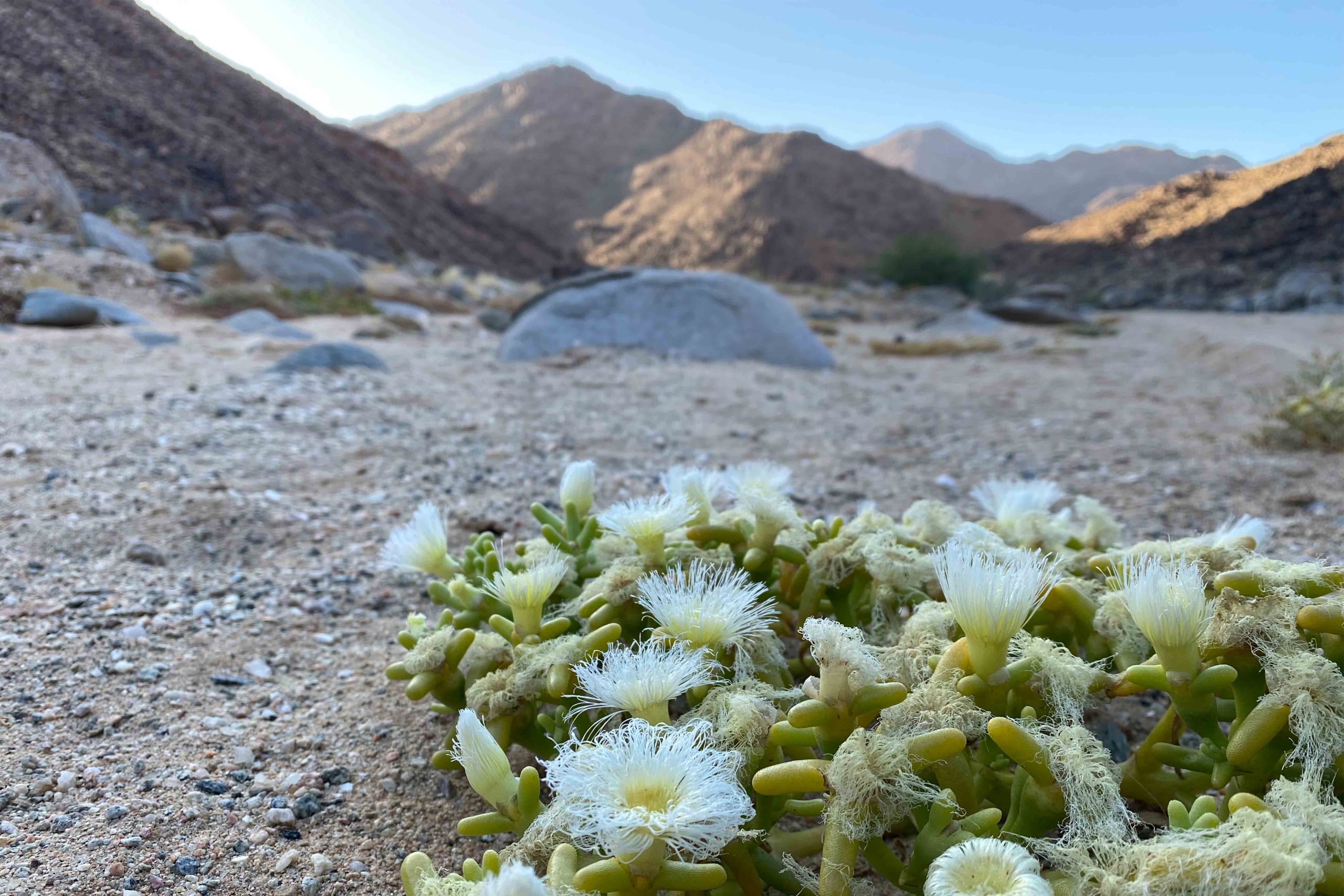
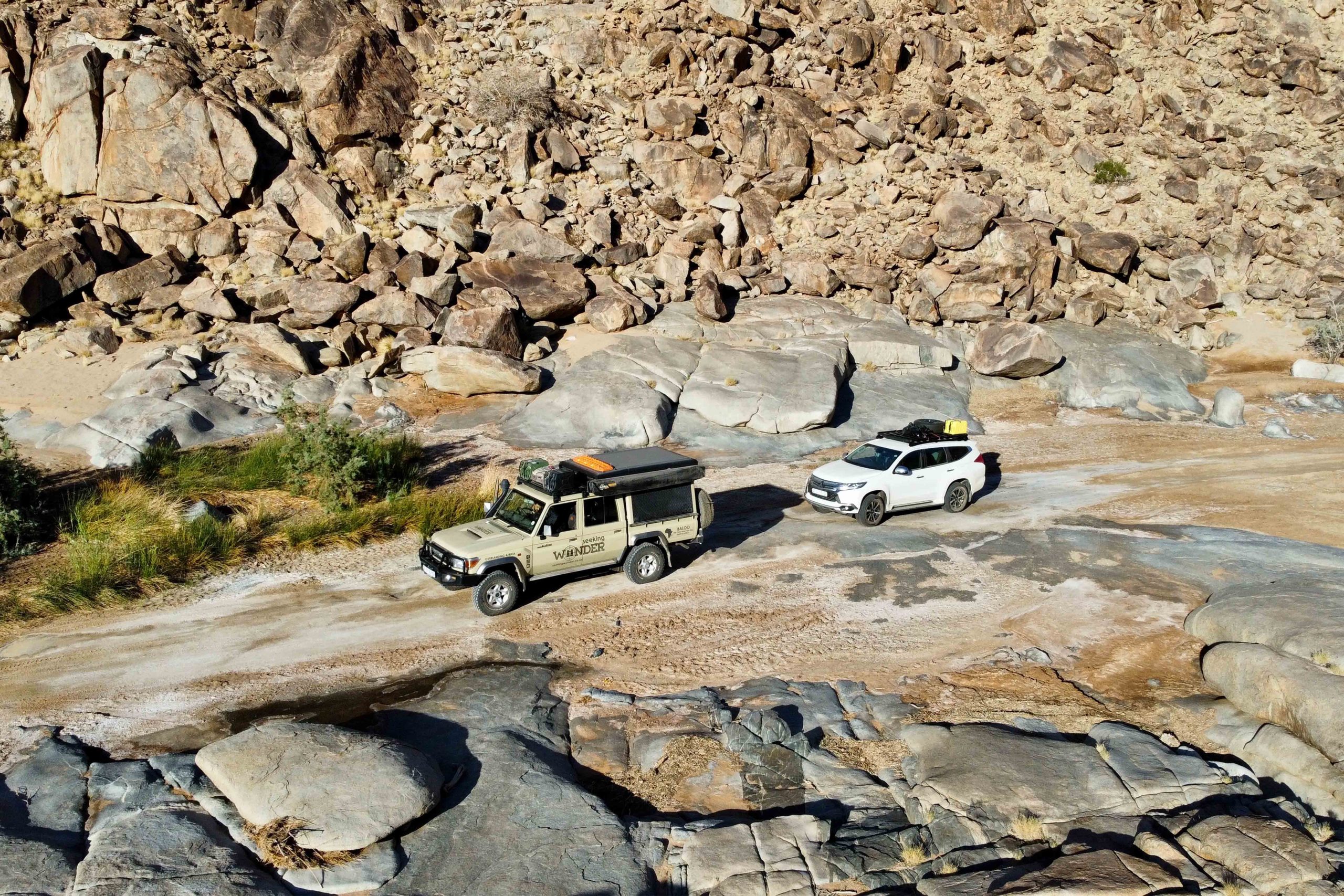
We drove rocky passes like the Helskloof where the endemic Pearson’s aloe grows and slept in the lonely Kokerboomkloof where the enigmatic quiver trees stand guard over you. Camping at Potjiespram, De Hoop and Richtersveld, we hiked and fly-fished our way up and down the remote river. The fishing was fantastic and we landed some beautiful fish, including Simone’s first largie and some beastly streamer-eating smallmouth yellows. Remote wilderness has become rare and it is one of the reasons so many folks return to the Richtersveld. In fact, the only thing remotely bad about it is the horribly corrrrrruggggated road between the park and the silty diamond-smuggler paradise at Alexander Bay. We loved it so much that we are already hatching plans to return. After telling him about it, I already know what Lood’s response will be: ‘Do you mind if I join?’
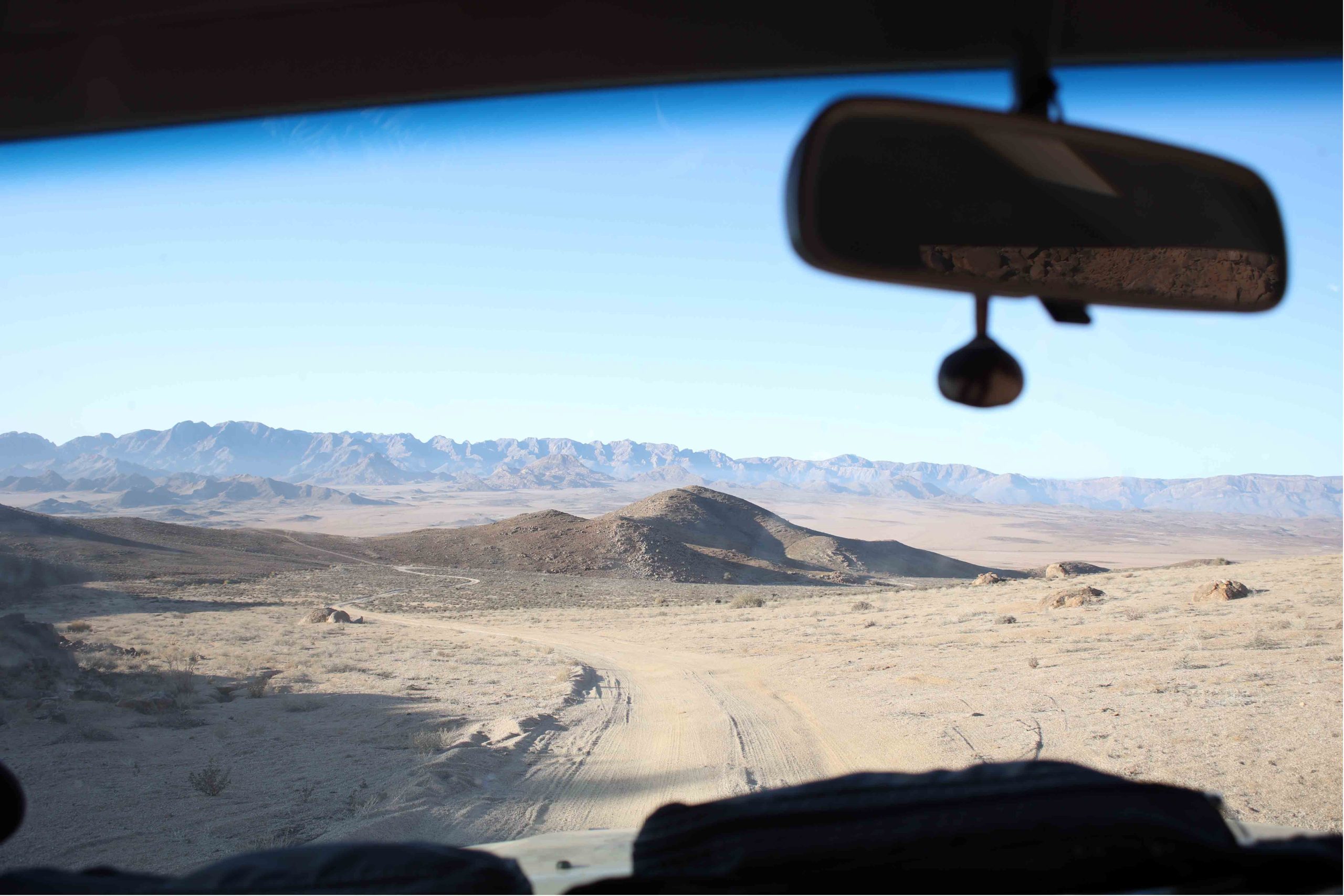
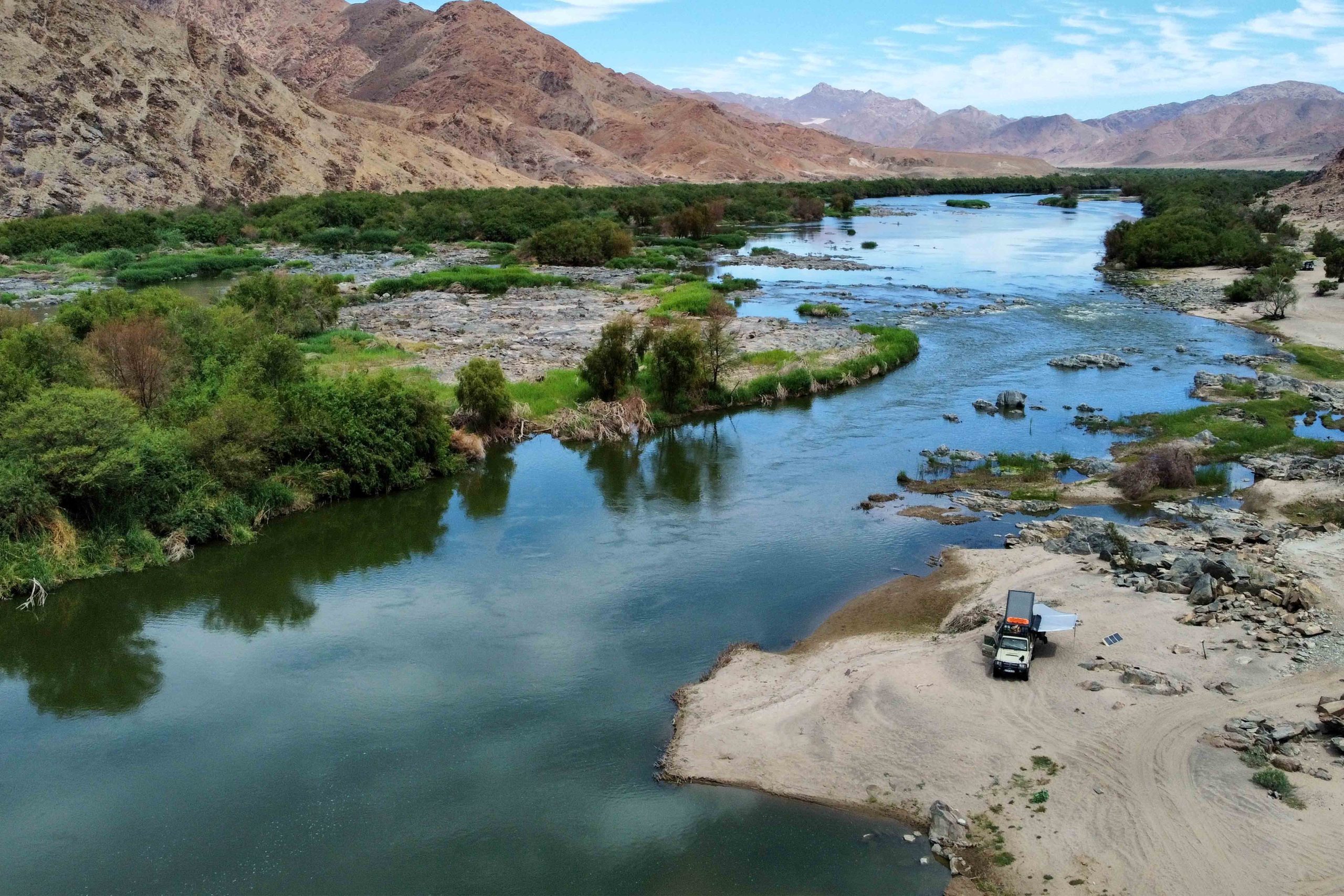
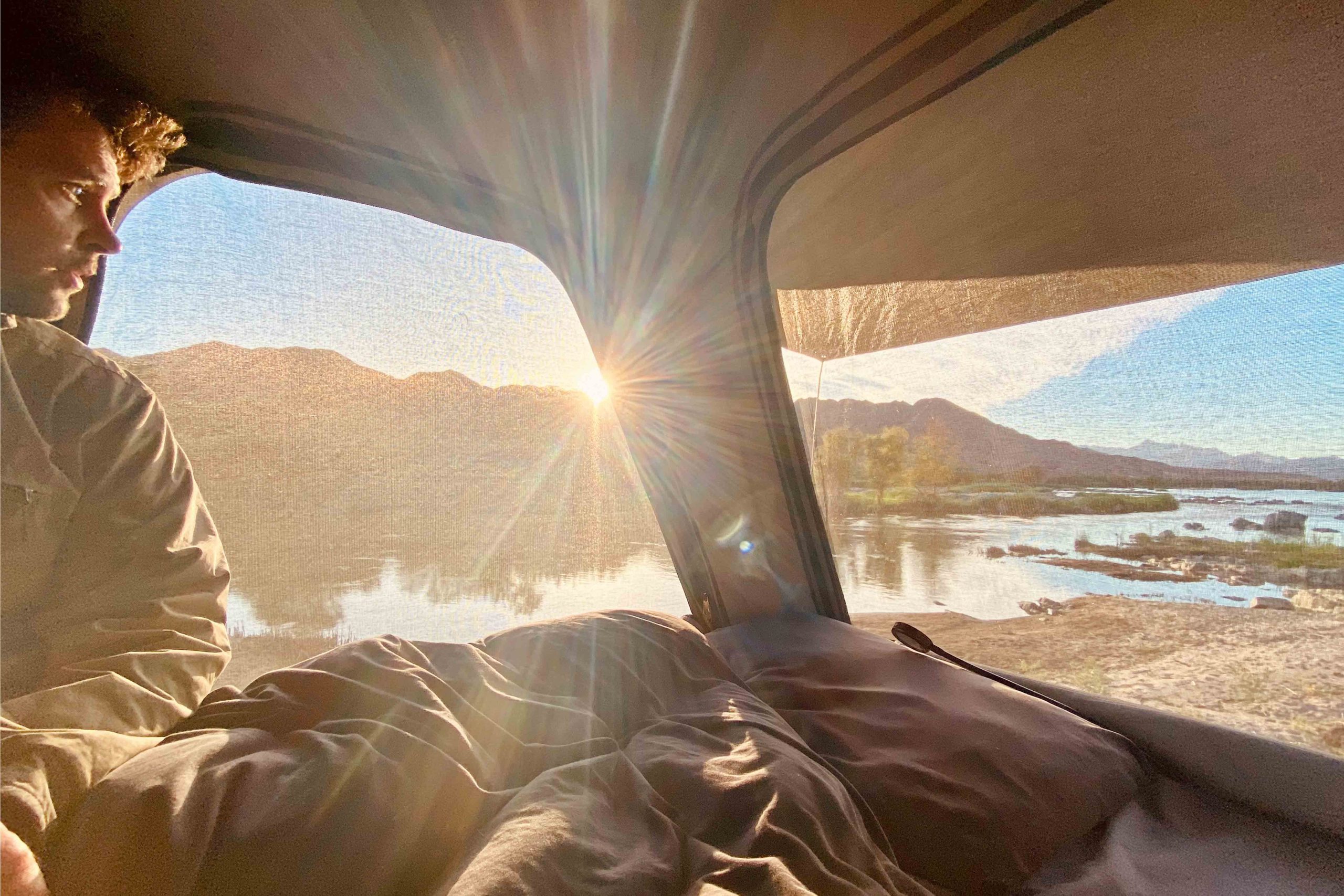
Some helpful trip information:
Book for the Namakwa 4X4 Eco-Trail here: https://www.namakwa4x4.com/
SOME USEFUL ECO-TRAIL TIPS:
- The tracks4africa App is great for navigation
- Have a refuse bag plan – there are none on the trail and burning it/leaving it behind is NOT cool
- Don’t underestimate daily distances
- Plan for wind/dust storms – it can get real next to the Orange river
- Be sure to read and follow the guidelines on the Namakwa 4X4 website on making fires and use of bush ablutions – let’s keep the wilderness pristine!
- Wear boots/shoes at night – scorpions is a thing here
|Ai-|Ais/Richtersveld Transfrontier Park camps we loved:
- Potjiespram
- De Hoop
- Richtersberg
- Tatasberg
- Kokerboomkloof
You can book them here: https://www.sanparks.org/parks/richtersveld/
